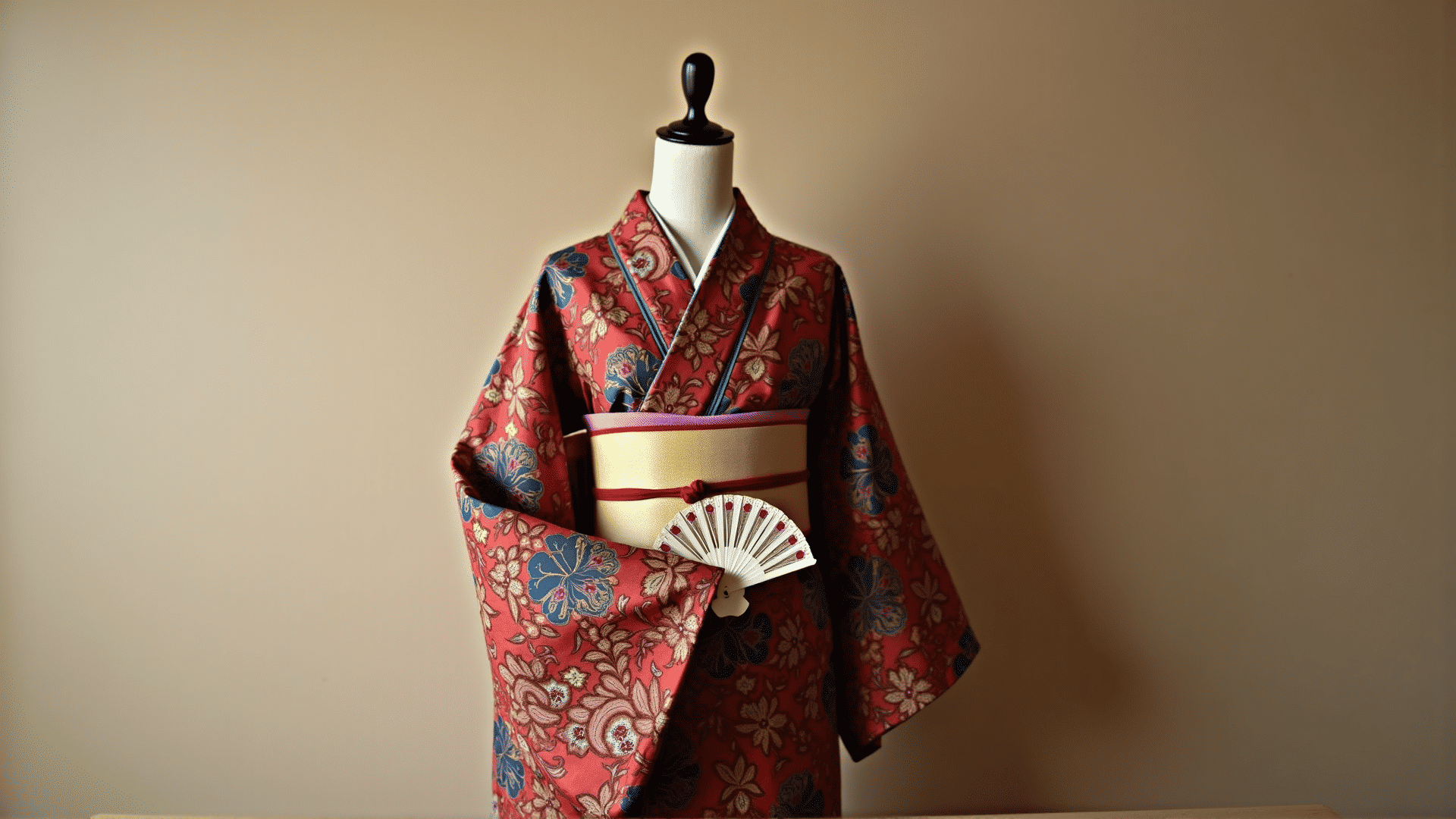The intricate journey of Japanese clothing represents a rich tapestry of culture, tradition, and innovation. Traditional garments have played a crucial role in Japan's cultural landscape for centuries, with the iconic kimono at its forefront. Over time, these garments have evolved, yet they continue to embody the essence of Japanese artistry and customs, while also adapting to modern influences.
The kimono, often regarded as the quintessential Japanese garment, has a history that dates back to the Heian period (794-1185). Its name, translating to "thing to wear," reveals its functional beginnings, but the kimono quickly became a canvas for artistic expression. Composed of silk, adorned with exquisite patterns, and often featuring symbols of nature, the kimono's design reflects the wearer's age, status, and even the season.
Throughout Japan's history, the kimono served a deeper cultural and social purpose. It was more than just clothing; every aspect of its structure and decoration spoke volumes. For example, the type of sleeve, the length of the garment, and the choice of obi (sash) could all convey messages about a person's marital status or economic standing. Furthermore, colors and motifs were carefully selected to follow seasonal changes, ceremonies, and personal beliefs.
As Japan moved into the Edo period (1603-1868), the aesthetic and symbolic significance of traditional garments was further emphasized. During this era, restrictive sumptuary laws limited the use of luxurious materials, which spurred creativity in using subtle patterns and understated elegance in design. The kimono became an art form akin to poetry, with its understated beauty celebrated in both daily life and ceremonial events.
However, with the advent of the Meiji era (1868-1912) came rapid modernization and Western influence. The social landscape of Japan began to change, and traditional attire faced challenges from Western styles entering the mainstream. Despite these changes, traditional garments retained their significance, finding new expressions in contemporary fashion while continuing to be a staple in important cultural events.
Today, the legacy of traditional Japanese clothing persists, even as Western attire predominates in daily life. Ceremonial kimonos remain integral to events such as weddings, festivals, and tea ceremonies. Meanwhile, contemporary designers draw inspiration from classic silhouettes and patterns to create modern pieces that reflect Japan's duality of honoring history while embracing innovation.
Beyond the kimono, other traditional garments such as the yukata (a casual, unlined kimono) and the hakama (a wide-legged pant-like garment often worn over a kimono) continue to be worn during specific occasions. Modern adaptations have also emerged, such as the simplification of layers and the fusion of traditional styles with contemporary elements.
Japanese clothing transcends mere fashion; it is a testament to the nation's ability to harmonize age-old traditions with the demands of contemporary life. As Japan continues to navigate the intersection of heritage and modernity, its traditional attire serves as a timeless emblem of cultural identity and artistic expression.
